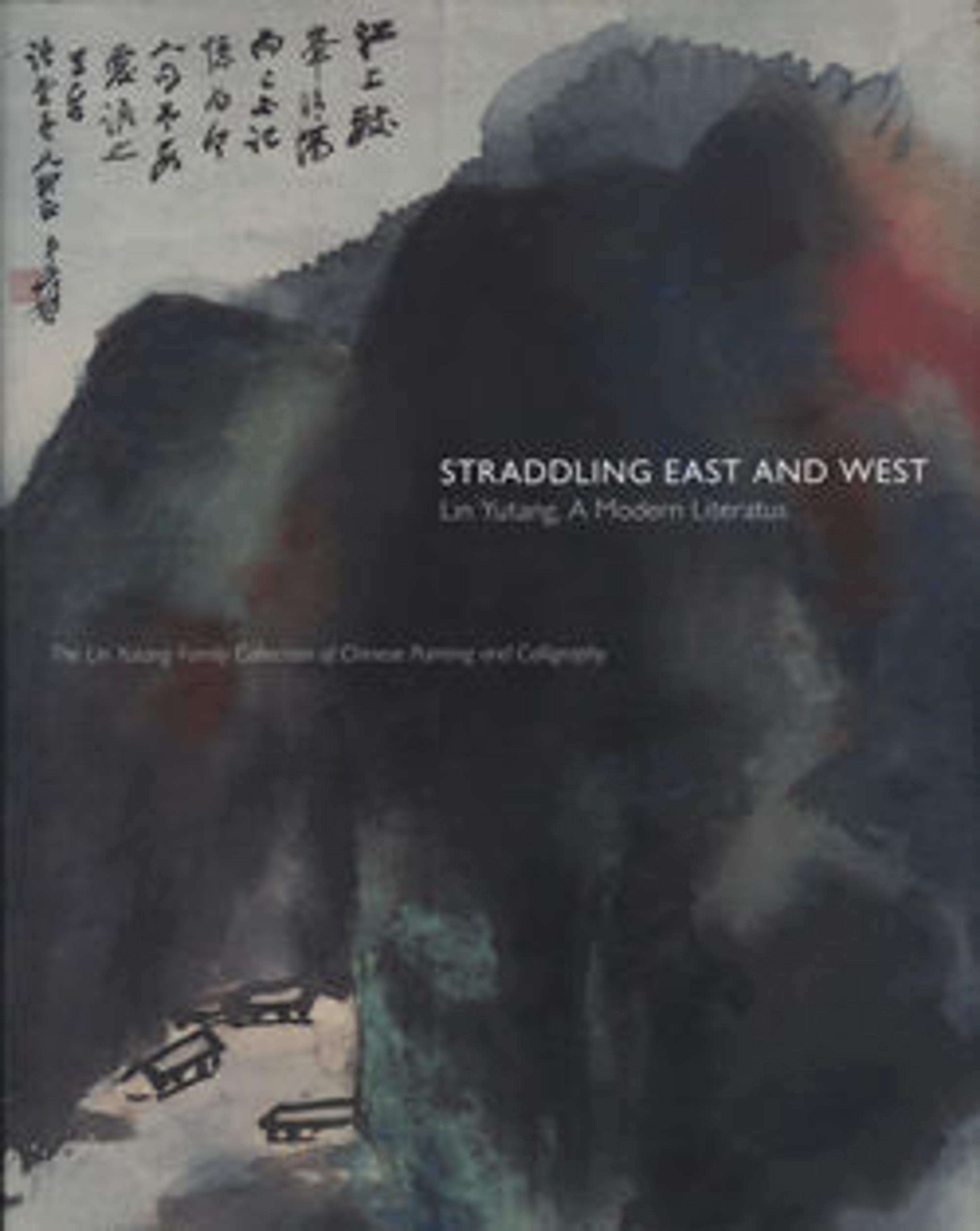On Zhang Xu
Benefiting from his family's extensive library in Chaozhou, Guangdong province, Rao Zongyi eventually distinguished himself in extraordinarily diverse fields of scholarship as well as became an accomplished painter and calligrapher.
This transcription of three lines from Du Fu's (712–770) "Eight Immortals of the Wine Cup," is typical of Rao's cursive script. The poem celebrates eight free-spirited, heavy-drinking poets and artists. Rao transcribes only that portion concerning Zhang Xu (act. mid-eighth century), the revered "sage of cursive calligraphy," whose wild, gestural writing echoed his eccentric behavior:
After three cups [of wine] Zhang Xu demonstrates his repute as the sage of cursive calligraphy.
Taking off his hat and exposing his pate in front of the grandees,
He sweeps his brush across the paper until [words emerge] like clouds and mist.
(trans. by Shi-yee Liu)
In keeping with the spirit of his subject, Rao wrote this piece in highly expressive cursive script, but, instead of following Zhang Xu, he employed the style of Wang Duo (1592–1652). Wang writes with great speed, but consciously avoids graceful fluidity. Often he pauses
and presses down the brush as he begins a stroke or changes its direction, so that his writing is full of angular turns and emphatic pauses that create a tension between spontaneity and deliberateness. Rao adopts these same traits, although he executes them with more restraint.
This transcription of three lines from Du Fu's (712–770) "Eight Immortals of the Wine Cup," is typical of Rao's cursive script. The poem celebrates eight free-spirited, heavy-drinking poets and artists. Rao transcribes only that portion concerning Zhang Xu (act. mid-eighth century), the revered "sage of cursive calligraphy," whose wild, gestural writing echoed his eccentric behavior:
After three cups [of wine] Zhang Xu demonstrates his repute as the sage of cursive calligraphy.
Taking off his hat and exposing his pate in front of the grandees,
He sweeps his brush across the paper until [words emerge] like clouds and mist.
(trans. by Shi-yee Liu)
In keeping with the spirit of his subject, Rao wrote this piece in highly expressive cursive script, but, instead of following Zhang Xu, he employed the style of Wang Duo (1592–1652). Wang writes with great speed, but consciously avoids graceful fluidity. Often he pauses
and presses down the brush as he begins a stroke or changes its direction, so that his writing is full of angular turns and emphatic pauses that create a tension between spontaneity and deliberateness. Rao adopts these same traits, although he executes them with more restraint.
Artwork Details
- 現代 饒宗頤 草書杜詩張旭句 軸
- Title: On Zhang Xu
- Artist: Rao Zongyi (Chinese, 1917–2018)
- Date: dated 1982
- Culture: China
- Medium: Hanging scroll; ink on paper
- Dimensions: Image: 52 3/4 x 13 1/4 in. (134 x 33.7 cm)
Overall with knobs: 88 1/2 x 17 7/8 in. (224.8 x 45.4 cm) - Classification: Calligraphy
- Credit Line: The Lin Yutang Family Collection, Gift of Richard M. Lai, Jill Lai Miller, and Larry C. Lai, in memory of Taiyi Lin Lai, 2005
- Object Number: 2005.509.35
- Curatorial Department: Asian Art
More Artwork
Research Resources
The Met provides unparalleled resources for research and welcomes an international community of students and scholars. The Met's Open Access API is where creators and researchers can connect to the The Met collection. Open Access data and public domain images are available for unrestricted commercial and noncommercial use without permission or fee.
To request images under copyright and other restrictions, please use this Image Request form.
Feedback
We continue to research and examine historical and cultural context for objects in The Met collection. If you have comments or questions about this object record, please complete and submit this form. The Museum looks forward to receiving your comments.
